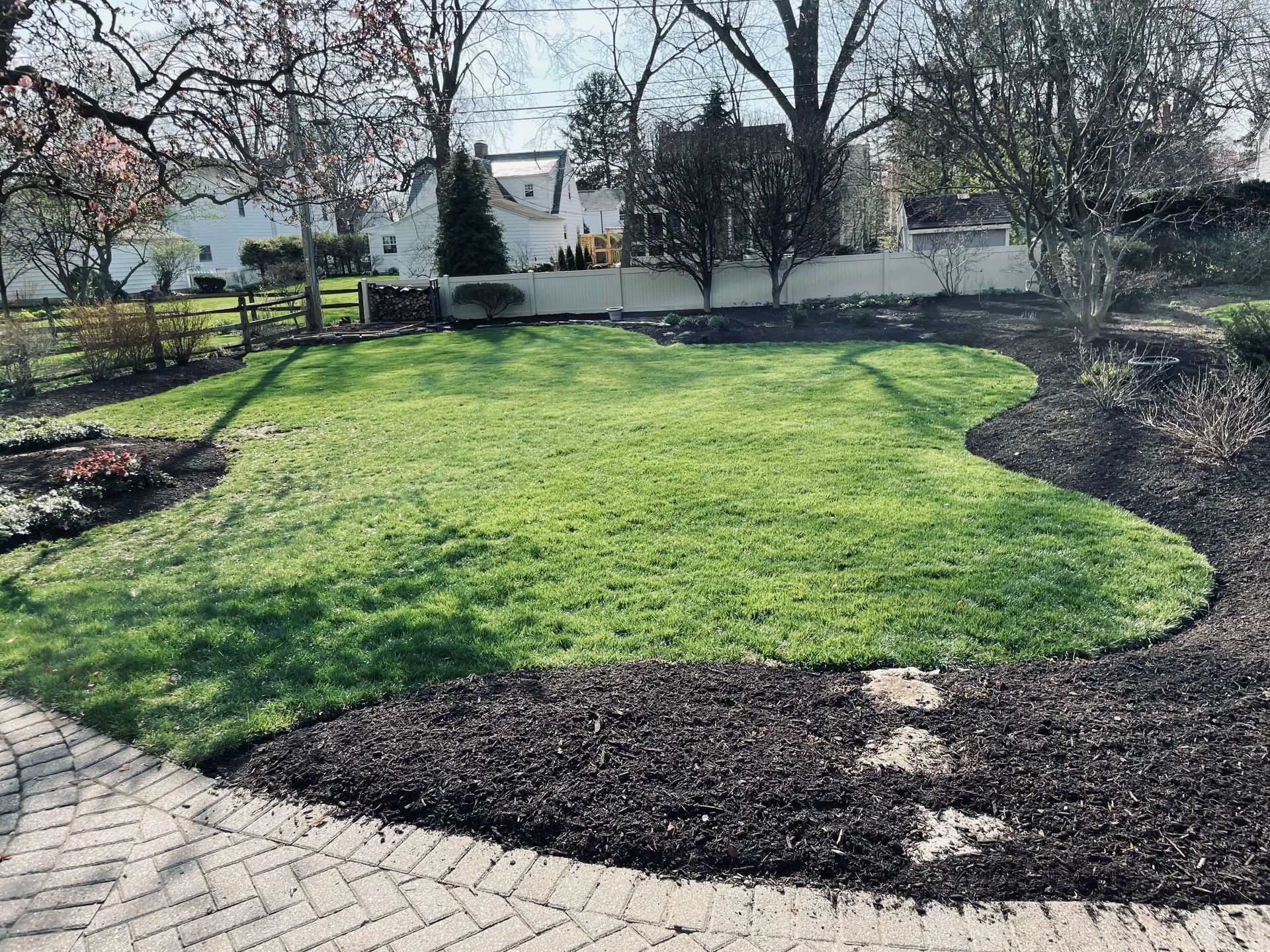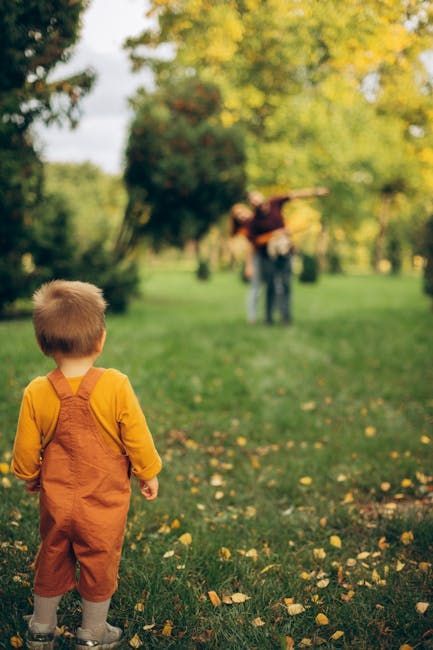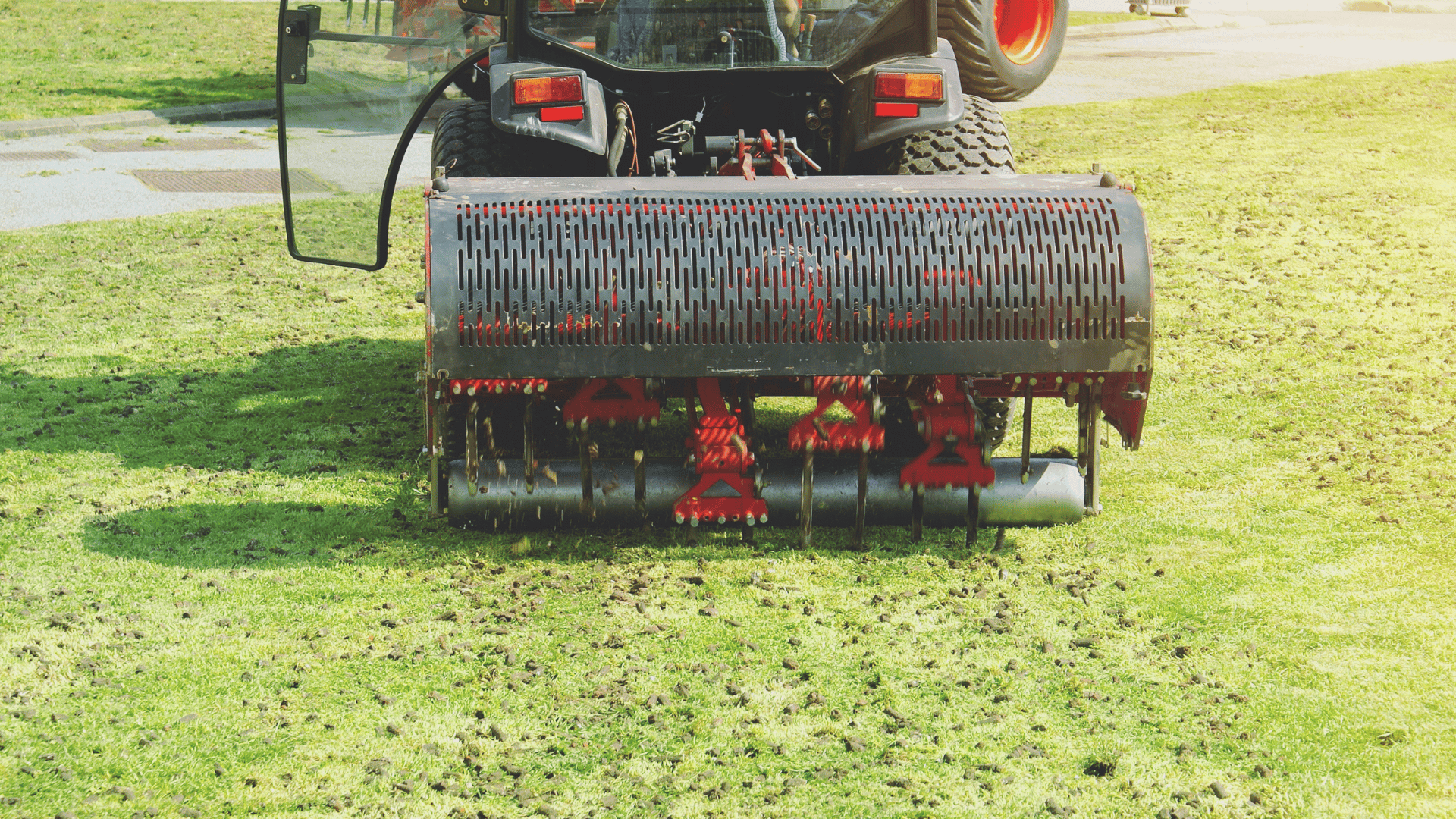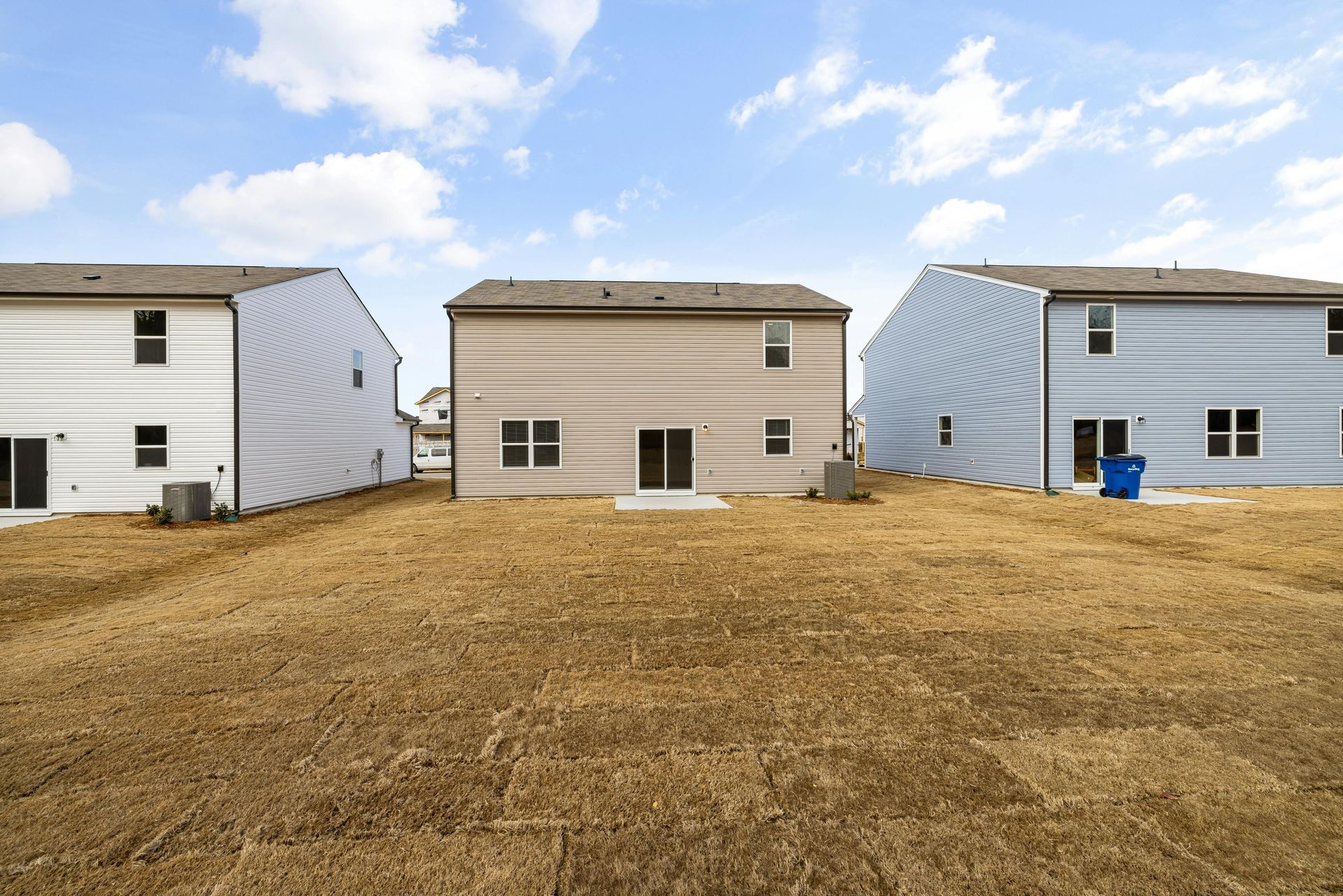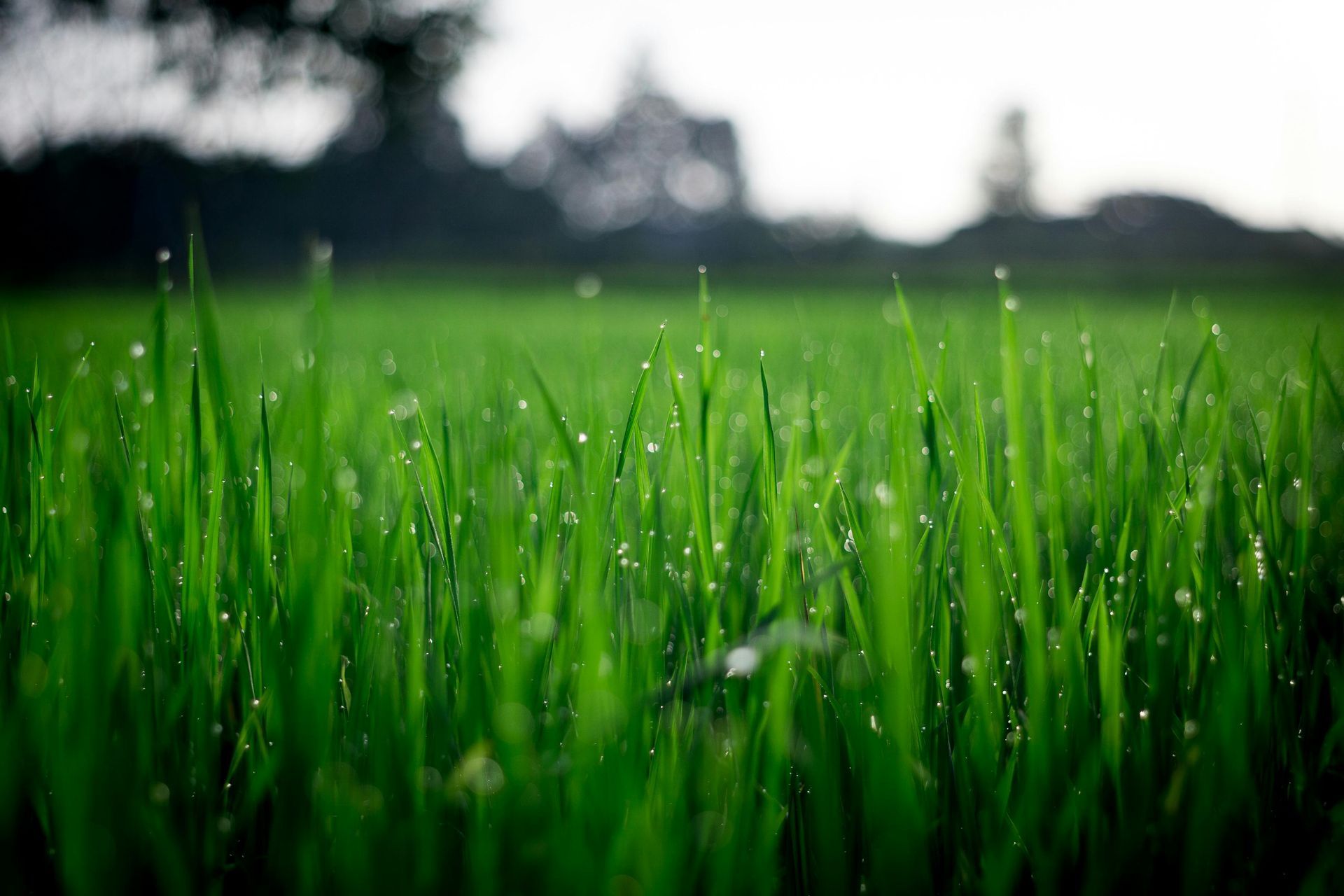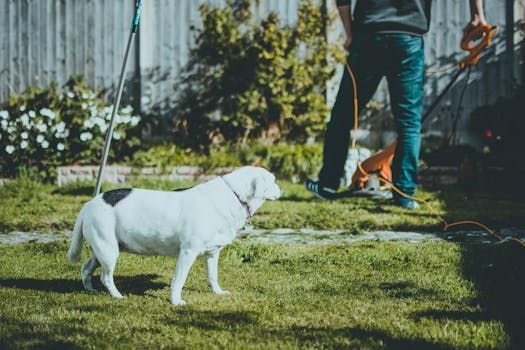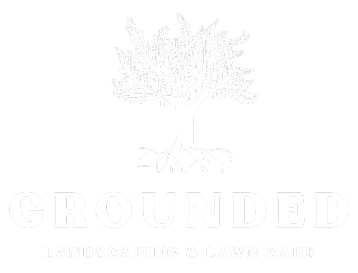The Complete Guide to Fall Cleanup and Leaf Management
As autumn paints Columbus in brilliant shades of orange and gold, property owners face the annual challenge of preparing their landscapes for the harsh Ohio winter ahead. Fall cleanup isn't just about aesthetics—it's a critical investment in your property's health and spring success. While the colorful leaves blanketing your yard may look picturesque, they can quickly become problematic if left unmanaged, leading to disease, pest infestations, and damaged grass.
The window for effective fall cleanup in Columbus is surprisingly narrow, typically running from late October through mid-November. This is when most leaves have fallen but before the first major snowfall locks in debris for the winter. The question many homeowners face is whether to tackle this massive undertaking themselves or partner with professional landscapers who have the equipment, expertise, and efficiency to get the job done right.
At Grounded Landscaping & Lawn Care, we've spent over five years helping Columbus-area homeowners navigate the complexities of fall property maintenance. With more than 500 lawns under our care across Upper Arlington, Dublin, Powell, Westerville, and surrounding communities, we understand the unique challenges that Central Ohio's climate presents. Professional fall cleanup does more than save you time—it ensures your property receives the thorough, systematic attention it needs to thrive when spring arrives.

A successful fall cleanup requires more than simply raking leaves. It demands a strategic, methodical approach that addresses every aspect of your property's seasonal needs. Start by walking your entire property and identifying areas that need immediate attention. Look for dead or diseased plants that should be removed, drainage problems that could worsen with fall rains, and any structural issues with hardscaping that freeze-thaw cycles might exacerbate. This initial survey helps you prioritize tasks based on urgency and impact.
Your cleanup should extend beyond just the lawn. Remove fallen leaves, twigs, and branches from flower beds, around shrubs, and from underneath trees. Pay special attention to areas where debris tends to accumulate—along fence lines, in corners, and under decks. Leaves left in garden beds don't just look messy; they create the perfect environment for mold, fungus, and overwintering pests that can damage your plants when temperatures fluctuate.
Clear all hardscaped areas including patios, walkways, and driveways. Wet leaves on concrete or stone surfaces become slippery hazards and can stain if left too long. They also trap moisture against these surfaces, accelerating deterioration through freeze-thaw cycles. Don't forget about your gutters and drainage systems—clogged gutters can cause significant damage to your home and landscape throughout the winter months.
Clean all gutters and downspouts thoroughly, removing leaves, twigs, and debris that accumulated during fall. Check that downspouts direct water at least six feet away from your foundation to prevent basement flooding and soil erosion. Inspect your property's drainage systems, including French drains, swales, and drainage grates, clearing any obstructions that could cause water to pool or flow improperly.
Prepare outdoor furniture, decorations, and lawn equipment for winter storage. Clean and dry all items before storing them to prevent mold and rust. Drain and winterize irrigation systems, outdoor faucets, and hoses to prevent freeze damage. Fall is also the ideal time to inspect, clean, and maintain your lawn care equipment—sharpen mower blades, change oil, and apply a light coat of oil to metal parts to prevent rust.
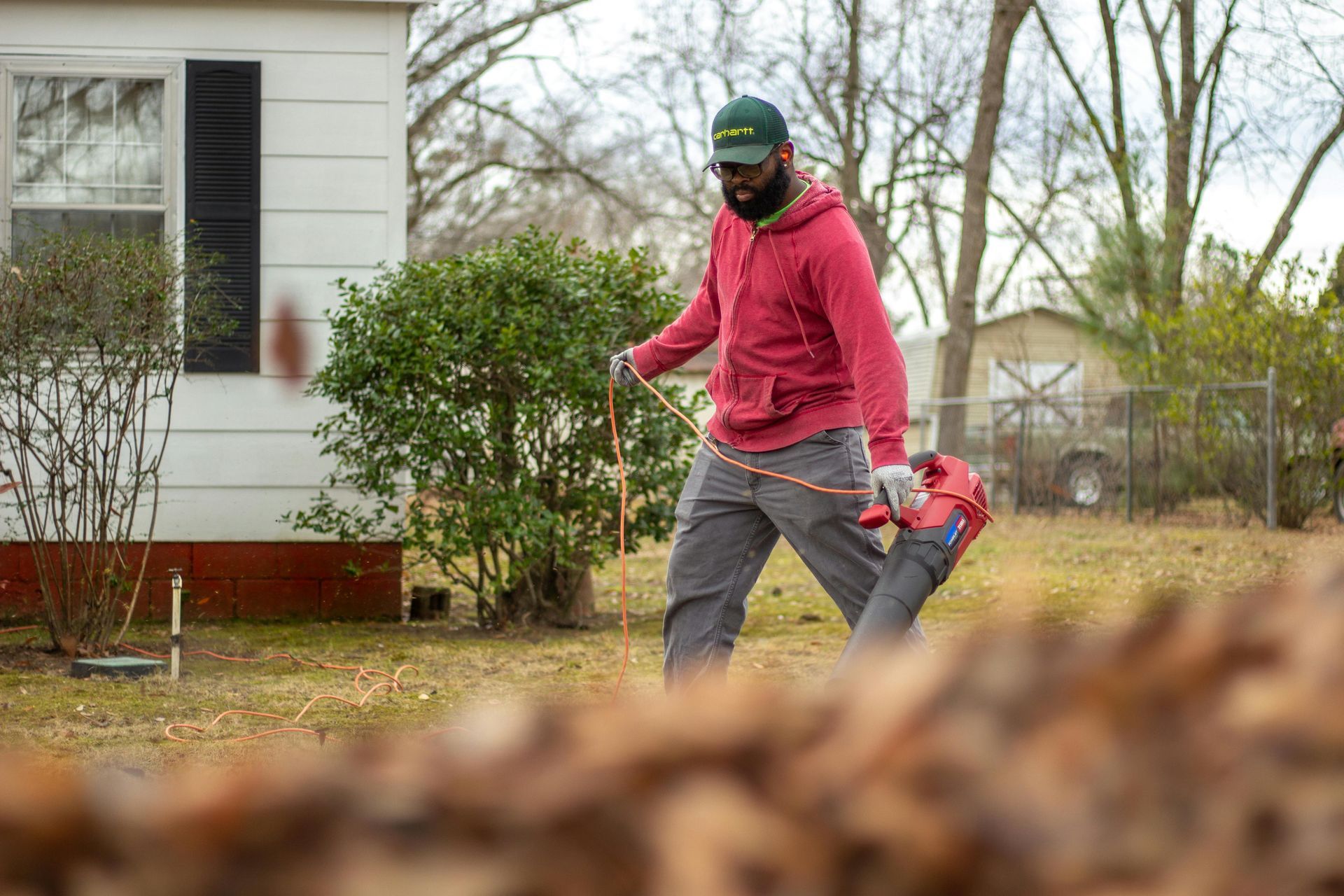
Leaf removal is the cornerstone of fall cleanup, but timing and technique make all the difference between an exhausting chore and an efficient process. The biggest mistake Columbus homeowners make is starting leaf removal too early. Wait until most leaves have fallen from your trees and your neighbors' trees before beginning your major cleanup effort. This typically happens between late October and mid-November in the Columbus area.
Monitor weather forecasts and choose calm, dry days for leaf removal. Wet leaves are heavy, messy, and difficult to handle, while windy conditions will scatter your carefully raked piles. A warm, dry day with little wind provides ideal conditions for efficient leaf management. Your approach depends largely on your property size and tree coverage—rakes remain effective for small yards, while leaf blowers offer speed and efficiency for larger properties.
At Grounded Landscaping & Lawn Care, we utilize commercial-grade equipment including powerful backpack blowers and specialized collection systems that make quick work of even heavily covered properties. Our professional-grade equipment can clear in hours what might take homeowners entire weekends to accomplish, ensuring thorough removal without the physical strain and time commitment.
Mulching leaves by mowing over them can be an eco-friendly option for light to moderate leaf coverage. Finely chopped leaves decompose over winter, adding nutrients back into your soil. However, this approach only works when leaf coverage is thin enough that grass remains visible. If leaves create a thick mat, they'll smother your lawn, blocking sunlight, water, and air circulation—conditions that promote snow mold and other lawn diseases.
Columbus has specific regulations for yard waste disposal that every homeowner should know. Yard waste must be placed in biodegradable paper bags or rigid containers clearly marked "YARD WASTE." Plastic bags are not permitted and will not be collected. Rumpke collects yard waste on the same day as recycling, every other week. Never rake leaves into streets, gutters, or storm drains—this practice can clog storm sewers and cause street flooding. Columbus also offers free yard waste drop-off at Com-Til and multiple Ohio Mulch locations throughout the city.

Central Ohio's unpredictable winter weather—with its dramatic temperature swings, harsh winds, and heavy snow—can severely stress landscape plants. Proper fall preparation is essential for helping your plants survive until spring. Not all plants require the same level of winter care. Newly planted trees and shrubs need extra protection during their first few winters until their root systems fully establish. Less-hardy ornamentals, including some hydrangeas, roses, and Japanese maples, benefit from protection even when mature.
Broad-leaved evergreens like rhododendrons and azaleas are particularly vulnerable to winter burn from cold, dry winds. Container plants require special attention since their roots are more exposed to temperature extremes than plants in the ground. Burlap is the gold standard for protecting vulnerable plants from winter damage. Unlike plastic, burlap allows plants to breathe while providing wind protection and insulation.
You can wrap individual plants or create windbreak barriers around groups of plants. Secure burlap with stakes and twine, ensuring it doesn't make direct contact with the plant's foliage when possible. For valuable or particularly tender specimens, consider creating temporary enclosures using stakes and burlap. Apply anti-desiccant sprays to broadleaf evergreens in late fall and again in mid-winter if temperatures allow.
Proper mulching is your most important defense against winter root damage. Apply a 2-4 inch layer of organic mulch around trees, shrubs, and perennials after the first hard frost but before the ground freezes completely. In the Columbus area, this usually occurs in November. Use organic mulches like shredded bark, wood chips, straw, or pine needles. These materials insulate roots from temperature fluctuations and gradually break down to enrich soil.
Keep mulch pulled back 2-3 inches from plant stems and tree trunks to prevent moisture buildup and rot. For perennials, wait until the ground begins to freeze, then apply 4-6 inches of mulch for maximum protection. When it comes to pruning, fall requires careful judgment. Remove dead, diseased, or damaged branches from all trees and shrubs, but avoid heavy pruning of most plants in fall, as this stimulates new growth that won't have time to harden off before winter.
Your lawn requires specific care in fall to survive winter dormancy and emerge healthy in spring. These final weeks of the growing season set the stage for next year's success. As temperatures cool and grass growth slows, gradually lower your mowing height with your final few cuts of the season. Your last mow should leave grass at about 2.5-3 inches for cool-season grasses common in Columbus, including Kentucky bluegrass, tall fescue, and perennial ryegrass.
This height is short enough to prevent matting under snow but tall enough to protect grass crowns and roots through winter. Mowing too short scalps the lawn and exposes soil to erosion and weed seed germination, while leaving grass too long encourages snow mold and creates habitat for voles and other rodents. Continue mowing until grass stops growing, typically after several hard frosts in late fall.
Even light leaf coverage can damage your lawn if left through winter. A layer of matted leaves blocks light, traps moisture, and creates perfect conditions for fungal diseases. Make several passes over your lawn with either a rake, blower, or mower to ensure all leaves are removed. Pay special attention to shaded areas where leaves tend to accumulate and dry more slowly.
A late fall fertilizer application—often called a winterizing treatment—strengthens grass roots and helps lawns green up faster in spring. This application should occur in November when grass has stopped growing abruptly but roots remain active. Use a fertilizer high in potassium, which strengthens cell walls and improves cold tolerance, while maintaining moderate nitrogen for root development. Proper fertilization timing is crucial for optimal results.
Fall maintenance extends beyond plants and grass to include the hardscaping and infrastructure that defines your property's structure and function. Give all hardscaped surfaces a thorough cleaning before winter. Remove dirt, algae, and organic matter from pavers, concrete, and stone surfaces using a pressure washer or stiff brush and appropriate cleaning solutions. These materials, when left to sit through winter, can stain surfaces and promote deterioration.
Consider applying or reapplying sealant to porous materials like pavers and natural stone. Sealant protects against moisture penetration, reduces staining, and can minimize damage from freeze-thaw cycles. Late fall provides ideal conditions for sealant application—surfaces are clean, temperatures are moderate, and there's adequate drying time before winter weather arrives.
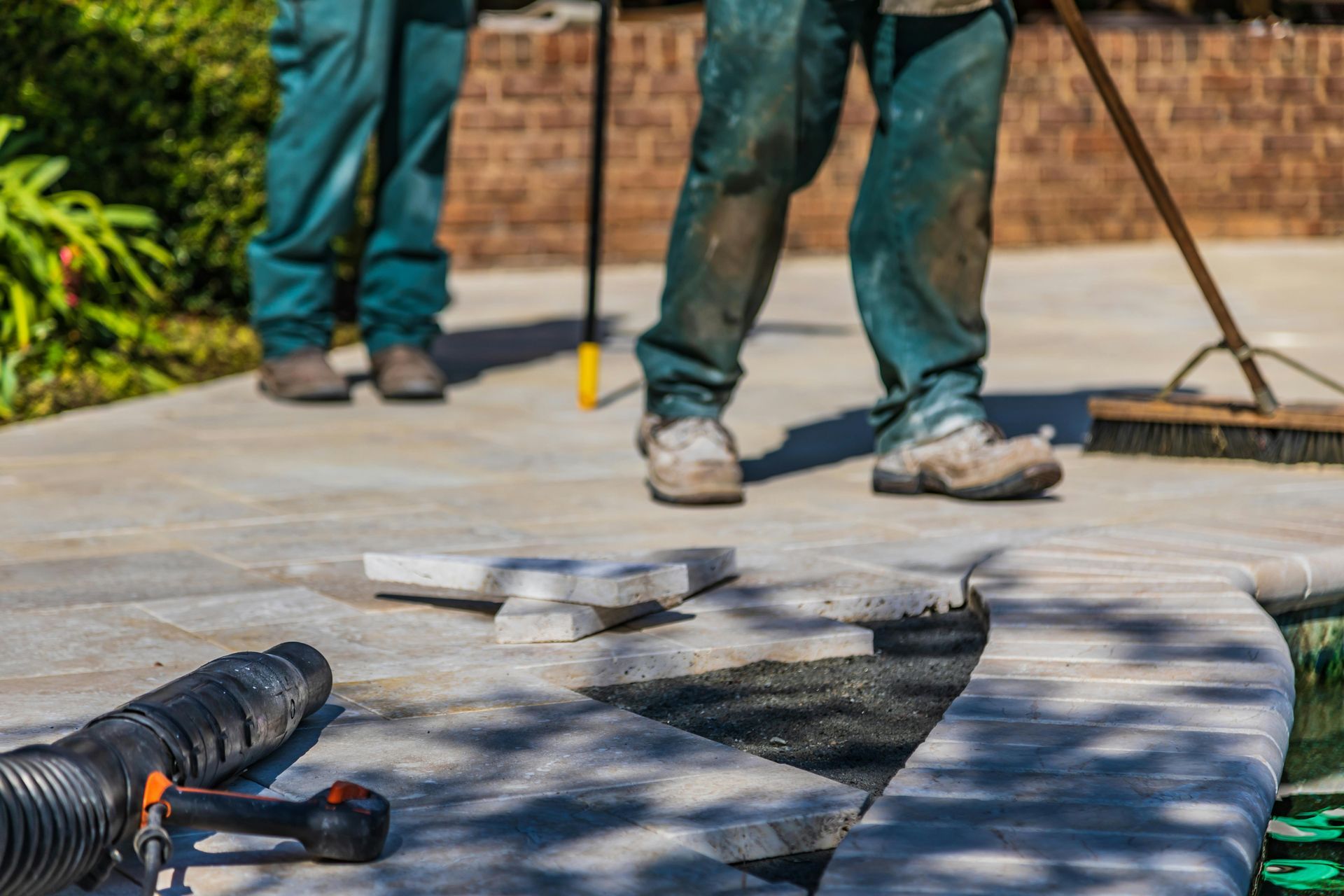
Proper drainage becomes critical as fall rains and winter snow add substantial water to your property. Inspect all drainage systems including French drains, catch basins, and channel drains. Clear debris from grates and check that water flows freely through all systems. Address any standing water issues now—they'll only worsen with winter precipitation. Pay attention to grading around your home's foundation to ensure water drains away properly.
Fall is the perfect time to inspect and maintain outdoor lighting systems. Clean all light fixtures, replace burned-out bulbs, and check that all connections are secure and weatherproof. With winter bringing longer nights and early darkness, properly functioning outdoor lighting improves both safety and security. Inspect fences, arbors, pergolas, and other outdoor structures for damage before winter weather arrives. Address issues now—winter weather will worsen existing problems, and frozen ground makes repairs more difficult.
Smart fall cleanup includes planning and organizing for the season ahead. These preparatory steps save time and money when spring arrives. Properly storing tools protects your investment and ensures they're ready when needed. Clean all tools thoroughly, removing dirt, sap, and debris. Sharpen cutting tools including mower blades, pruners, and shears. Apply a light coat of oil to metal parts to prevent rust during storage.
Drain and winterize power equipment. For gas-powered tools, either drain fuel completely or add fuel stabilizer and run engines briefly to circulate the stabilized fuel. Battery-powered equipment should be stored with batteries charged to about 50% in a temperature-controlled location. Take inventory of lawn care supplies including fertilizers, pest controls, and soil amendments. Note what you'll need to purchase in spring and watch for off-season sales.
Walk your property and photograph or note areas that need attention in spring. This might include spots where drainage is poor, areas where plants struggled, or locations where pests were problematic. These notes are invaluable come spring when you can't remember exactly where issues occurred. Fall cleanup provides the perfect opportunity to envision next year's landscape improvements and plan accordingly.
While DIY fall cleanup is certainly possible, professional services offer compelling advantages that go beyond simple convenience. Professional landscapers complete in hours what might take homeowners entire weekends. We arrive with crews, commercial-grade equipment, and systematic approaches that ensure nothing is overlooked. Our experience means we know which tasks to prioritize, how to work efficiently in various weather conditions, and how to handle challenges that might stump homeowners.
At Grounded Landscaping & Lawn Care, we've refined our fall cleanup process over five years and hundreds of properties. We know Columbus landscapes intimately—the tree species that create the heaviest leaf drops, the drainage issues common to various neighborhoods, and the specific plant protection needs for Central Ohio winters. Our professional-grade equipment makes an enormous difference in cleanup efficiency and quality.

Our commercial blowers move leaves faster and more thoroughly than consumer models. Our debris removal systems handle large volumes efficiently, and we have the vehicles and equipment to haul away substantial amounts of material. Perhaps most importantly, we handle disposal—you don't need to make multiple trips to drop-off locations or worry about scheduling curbside pickup. We take everything with us, leaving your property clean and your schedule uninterrupted.
Fall cleanup involves physical labor, repetitive motions, and potentially hazardous conditions. Raking, bending, lifting heavy bags, and operating equipment can lead to back injuries, muscle strains, and overexertion. Professional services eliminate these risks—our insured, trained crews handle all physical demands safely and efficiently. Your time is valuable, and the hours you'd spend on fall cleanup can instead be spent with family, pursuing hobbies, or simply relaxing.
When you partner with a full-service landscaping company like Grounded Landscaping & Lawn Care, fall cleanup integrates seamlessly with your year-round property care. We already know your property, your plants, and your preferences. We can coordinate cleanup with other services like late-season fertilization, winter preparation, and spring planning. This comprehensive approach ensures consistent, coordinated care that maximizes your landscape's health and beauty.
Fall cleanup is your property's most important seasonal maintenance task. The work you do—or choose to have done professionally—in these crucial autumn weeks determines whether your landscape thrives or struggles through winter and into spring. Every leaf removed, every plant protected, and every system prepared contributes to a healthier, more beautiful property.
Columbus homeowners face unique challenges from our variable weather, heavy leaf drops, and harsh winter conditions. Success requires not just effort but knowledge, proper equipment, and strategic timing. Whether you tackle cleanup yourself or partner with professionals, the key is thoroughness and attention to the details that make the difference between adequate and exceptional results.
At Grounded Landscaping & Lawn Care, we're committed to helping Columbus-area homeowners achieve stunning landscapes through reliable, professional service rooted in quality. Our comprehensive fall cleanup services address every aspect of your property's seasonal needs—from efficient leaf removal to plant protection, drainage maintenance to lawn preparation. We serve Upper Arlington, Dublin, Powell, New Albany, Clintonville, Grandview, German Village, Westerville, Gahanna, Bexley, Hilliard, and communities throughout the Columbus region.
Don't let fall cleanup overwhelm you or risk leaving your property vulnerable to winter damage. Contact Grounded Landscaping & Lawn Care today for a free fall cleanup consultation. Let us show you why more than 500 Columbus-area homeowners trust us to make their lawns the best on the block. Your property deserves nothing but the best—let us prove we're the landscaping partner you've been looking for.
